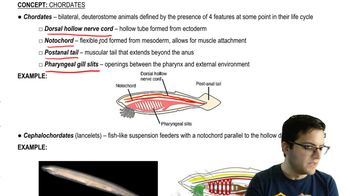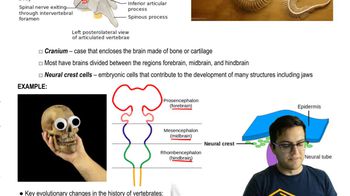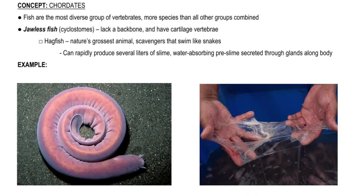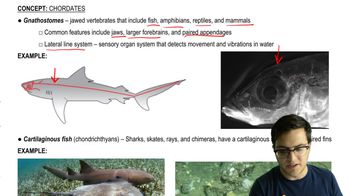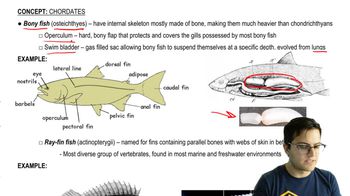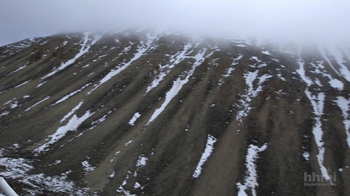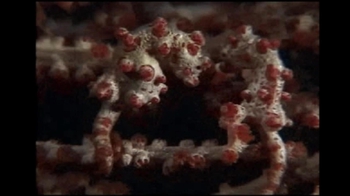32. Vertebrates
Chordates
32. Vertebrates
Chordates
Additional 16 creators.
Learn with other creators
Showing 19 of 19 videos
Practice this topic
- Multiple ChoiceIf an animal has segments, bilateral symmetry, pharyngeal clefts, a post-anal tail, and deuterostomic development, it must be a member of the __________.
- Multiple ChoiceA __________ is a chordate but not a vertebrate.
- Multiple ChoiceWhich of the following chordate characteristics contributes most to the formation of your ears?
- Multiple ChoiceWhich of the following chordate characteristics contributes most to suspension-feeding devices in many invertebrate chordates?
- Open QuestionVertebrates and tunicates sharea. jaws adapted for feeding.b. a high degree of cephalization.c. an endoskeleton that includes a skull.d. a notochord and a dorsal, hollow nerve cord.
- Open QuestionTrue or false? Both echinoderms and vertebrates have endoskeletons. Explain.
- Open QuestionLiving vertebrates can be divided into two major clades. Select the appropriate pair.a. the chordates and the tetrapodsb. the urochordates and the cephalochordatesc. the cyclostomes and the gnathostomesd. the marsupials and the eutherians
- Open QuestionWhat trait(s) characterize the vertebrates?a. vertebrae and a craniumb. jaws and a spinal cordc. bony endoskeletond. notochord and post-anal tail
